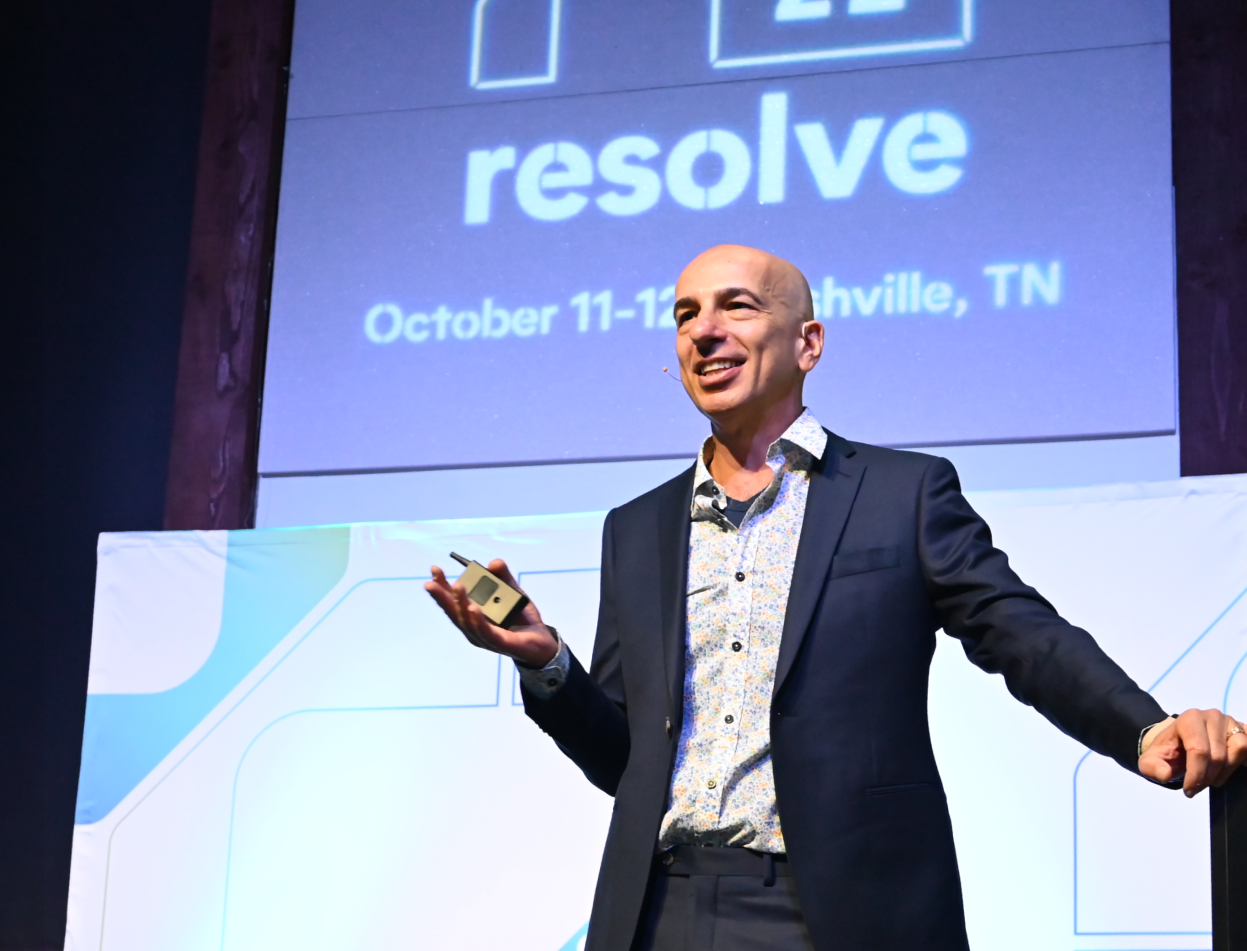Reliable customer service is as crucial to transit authorities as the cars, buses and trains that keep riders moving.
And as customer expectations continue to rise and call volumes increase steadily, AI has become a boon for transit contact centers looking to lower costs while providing a more modern experience for riders.
One of the key reasons why is that GenAI has made it possible for automation to resolve calls just as effectively as your best agents do. In other words, automation solutions like IVRs, which have traditionally been measured by deflection or routing success, are rapidly becoming a thing of the past.
Instead, AI is giving callers a new way to self-serve and enabling CX leaders to drive contact center efficiency like never before.
Gartner predicts that AI will result in over $80 billion in contact center savings by 2026 and transit authorities and riders alike are already reaping the benefits.
Transit call types where AI has the greatest impact
Call types that are prime candidates for AI are those that are repetitive, high in volume, and representative of where agents currently spend most of their time. Based on data from millions of calls, the flows that most commonly fit this criteria are:
1. Trip Management: From booking travel to canceling or modifying a trip, managing rides can involve many steps, which strain agents with manual tasks. AI is adept at providing callers with a no-wait, natural method for staying on top of their travel, freeing agents for more complex requests.
2. Account Management: Riders calling in to make changes to their account, update billing information, or manage their rewards and subscriptions can amount to thousands of calls each day. With AI, these requests are handled 24/7 with zero agent involvement and proven success.
3. Outbound Trip Notifications: Same-day travel questions are some of the biggest culprits of inbound traffic spikes, especially when services are interrupted or unpredictable weather conditions snarl ETAs. By providing proactive updates to riders, contact centers can significantly reduce agent volumes while improving rider satisfaction.
4. Paratransit Services: When transit authorities can’t meet strict paratransit SLAs, CX suffers and contact centers face repercussions. Below, we outline how AI has helped paratransit contact centers provide instantaneous service with a natural solution that allows every customer to receive the same level of care.
5. FAQs: When riders call to ask a question, they’re likely unable to access other self-service channels. Instead of deflecting them, AI can answer an infinite amount of questions by integrating seamlessly with your unique knowledge base for real-time, accurate information.
A high resolution rate in even a single one of these call types decreases average handle time, increases CSAT, reduces agent call volumes, and increases net savings.
How AI transforms transit authority contact centers
New Jersey Transit is one of the largest transit agencies in the US. In addition to bus and rail services they offer paratransit rides to constituents who have disabilities and need specific accommodations.
By partnering with Replicant to automate their trip status, new booking and booking cancellation calls, they’ve automated 12 thousand calls per week with zero call wait times and a 4.3 CSAT score.
In doing so, they’ve increased their service capacity without compromising service or hiring additional agents. The impact seen in NJ Transit’s case study highlights the benefits AI offers across the industry’s biggest challenge areas:
🚌 A vastly improved rider experience. Commuter ridership is experiencing a steep rebound as more employees return to offices. This has proven to be a major challenge for contact centers, who already experience seasonality from the spring to fall months. With AI, customer experience can increase at the same rate as ridership.
🧑💻 A reimagined agent experience. A shrinking talent pool and rising labor costs have made the traditional agent model unsustainable. But in the case of NJ Transit, the ability to serve more paratransit riders without hiring agents has significantly improved employee satisfaction and engagement by offloading mundane tasks from their day-to-days.
💵 Up to 50% lower operational costs. When agents benefit from automation just as much as customers do, the contact center equation changes. Agent retention goes up, roles become true career paths, and hiring, training and operating costs are significantly reduced.
🌨️ Mitigated seasonality-driven challenges. Whether it’s the busy summer travel season, or day-to-day spikes in commuter rides, every transit contact center experiences seasonality. With AI acting as a first line of defense, service leaders don’t have to guess how much staff they’ll need to account for volume increases.
Taking action: how to get started
While the above call types represent the most common AI-ready use cases across the transit authority industry, your AI roadmap should start with an analysis of your contact center’s unique data.
By identifying high-volume use cases, leaders can clearly communicate the value of AI to stakeholders by tying impact directly to their respective goals. ROI and net hiring savings, for example, are always top of mind for finance and operations, whereas CSAT and SLAs may matter most to CX leaders.
A Call Assessment accomplishes this with a visually impactful custom report that uses a sample of your calls to identify the use cases agents spend the most time on, as well as the short-and long-term cost savings you’d see by resolving them with automation.





